How your office chairs impact employee productivity
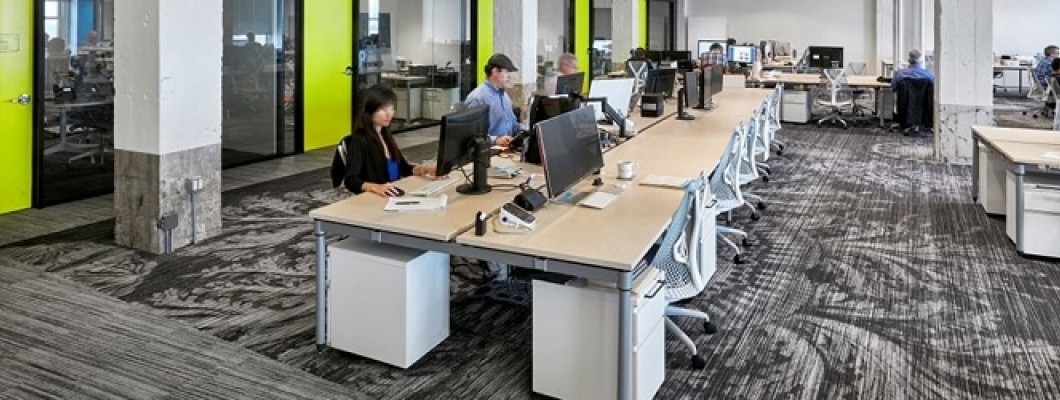
HOW YOUR OFFICE CHAIRS IMPACT EMPLOYEE PRODUCTIVITY
Posted on Oct 17, 2016, by Mike Brown
How many hours do you spend every day, sitting at your desk in the office?
On average we spend 40 hours a week at work, and we spend the majority of those at our desk – in fact, the average office worker spends 5 hours and 41 minutes every single day sitting down at work. So it’s no surprise that your choice of office chair has a big impact on your productivity levels.
Today I’m looking at 3 ways the humble office chair affects employee productivity – and what you can do about it.
Featured image: Matter, Chicago, Illinois, USA. Design firm: Gensler. Photography: Garrett Rowland.
1) COMFORT
Employee comfort is an essential for creating a productive working environment. Employees who aren’t comfortable in their chairs are more likely to shift around a lot and their attention will be focused on their discomfort, rather than on their work.
Therefore, it’s vital that you have chairs that employees can easily adapt to suit their physical requirements: height-adjustable, with adjustable backs and arms to provide adequate back and shoulder support.
2) HEALTH AND WELLNESS
Furniture designers are creating ever more comfortable, ergonomic chairs, which provide excellent muscle support. However, one of the side-effects of having a very comfortable chair is that you can easily spend many hours sitting in them, without feeling any discomfort that prompts you to move. Extended periods of time spent seated can have a serious impact on employees’ long-term health, increasing the risk of obesity, heart disease and diabetes.
In the shorter term, long stretches of time spent sitting on office chairs that aren’t properly adjusted to meet the employee’s needs can cause back problems and muscle strain, which will contribute to their discomfort and hit their productivity levels.
3) MONOTONY
Sitting on your office chair, you spend more than five and a half hours every day in exactly the same position – with only a few meetings and maybe a lunch break to add variety into your day.
This is inherently bad for your focus and productivity levels: variety is good for keeping our brains engaged, and focused on the task at hand. So sitting in the same seat in the same place for hours on end is a struggle for all employees, not just for their bodies but for their minds too.
HOW TO IMPROVE EMPLOYEE PRODUCTIVITY
Your employees’ workspace set-up has a huge impact on their productivity levels, and your office desks and chairs are a major part of that space that they use every day. With a couple of changes to your office set-up, you can help to boost employee productivity levels:
1) SUPPLY ERGONOMIC CHAIRS
No matter how much time each day your employees spend sitting down, ergonomic chairs are a must-have. These are designed to provide adequate lower back support, and can be adjusted so that each individual can maintain correct posture while sitting down.
These will help employees to be more comfortable when sitting at their desks, so they can focus more easily on their work.
2) ENCOURAGE SIT-TO-STAND WORKING
Sit-to-stand working is an increasingly popular workplace trend. It’s not about spending your whole day standing up to work, but rather encouraging regular transition between sitting and standing, because it’s this extra movement that’s good for you. As well as improving circulation and lowering the risk of long-term health problems, sit-to-stand working allows workers to adjust their posture during the day to be more comfortable, with fewer aches and pains to distract them and lower their productivity levels.
Getting started with sit-to-stand working will require a change of working mindset, and will mean you may need to purchase some adjustable desks as well. This has the added benefit of allowing employees to change the height of their desk to suit their needs – not only when standing, but also when sitting, for example if an employee is above or below average height, to create a more comfortable working environment.
Sit-to-stand working is proven to boost productivity levels, as well as providing a myriad of health benefits.


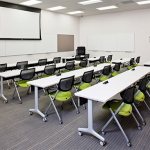

_page20_image40-150x150h.jpg)



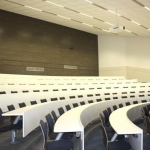








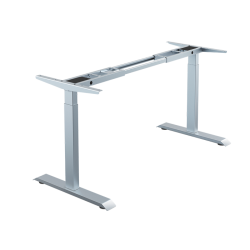
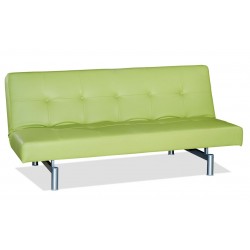


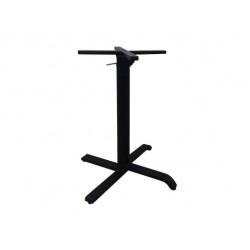
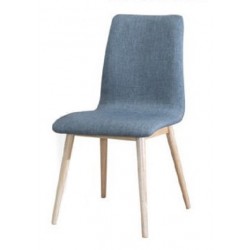
Leave a Comment